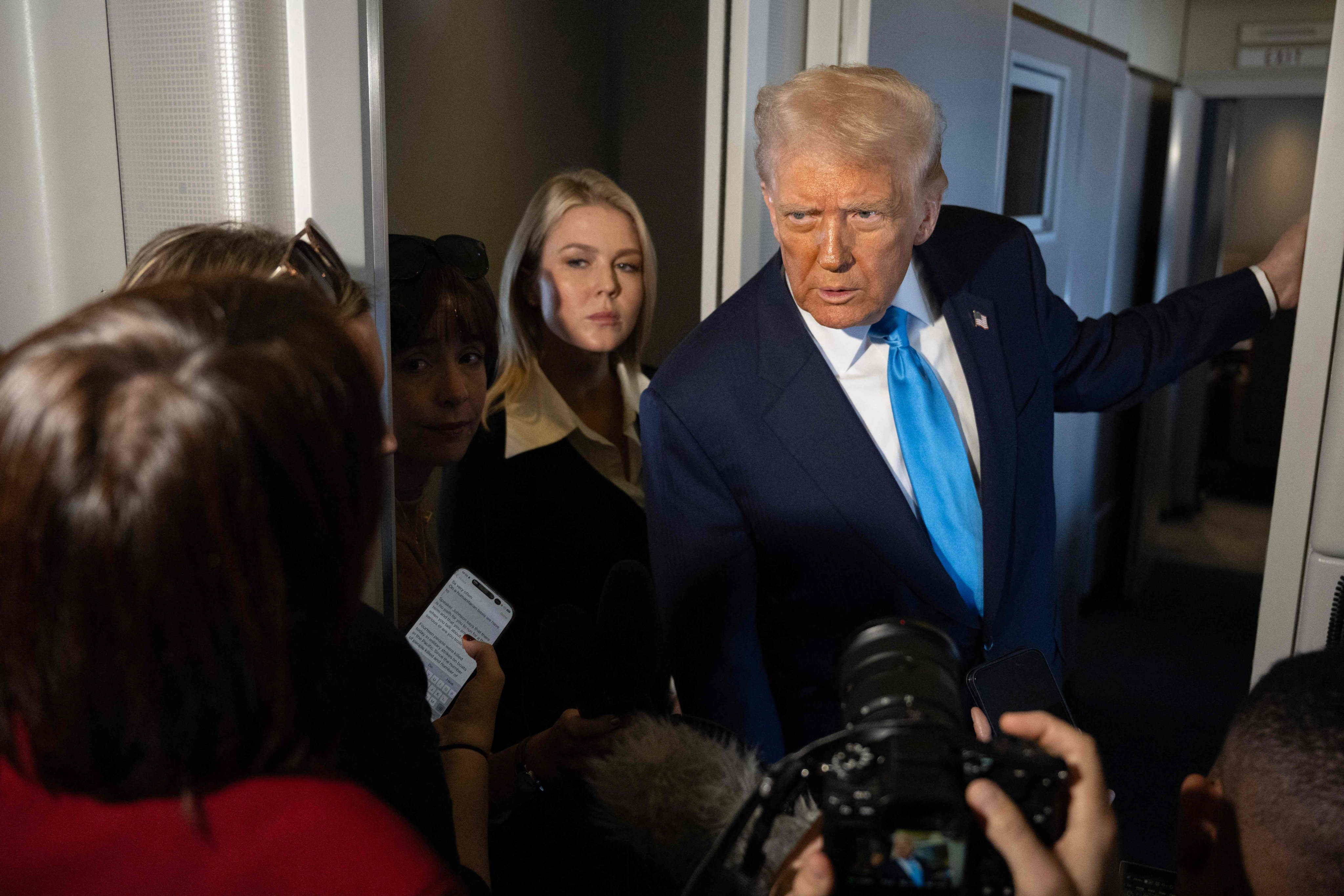Copyright scmp

All eyes are now on Thursday’s meeting between President Xi Jinping and US President Donald Trump in South Korea. Their first in-person encounter since Trump’s return to office in January will build on several rounds of trade talks between the two sides that have touched on issues ranging from tariffs to export controls. In this explainer, the Post outlines the key pain points between the world’s two largest economies – and whether they are likely to be addressed. What issues may be agreed on by both sides? According to a research note by ANZ Bank analysts Raymond Yeung and Xing Zhaopeng that was issued on Monday, a potential deal could address several contentious areas, including the United States’ fentanyl-related tariff, reciprocal tariffs, soybean purchases and the ownership of TikTok’s American operations. They said they expected a partial rollback of the 20 per cent punitive tariff that the US imposed in March after Washington accused Beijing of failing to curb the flow of precursor chemicals used to make fentanyl, a powerful synthetic opioid that accounts for almost 70 per cent of drug overdose deaths in the US. The analysts said both sides were likely to formalise a reciprocal tariff arrangement, following a truce reached in Geneva to lower duties to 10 per cent. No US soybeans were imported by China last month after Beijing imposed a 25 per cent retaliatory tariff on US agricultural imports in April in response to America’s fentanyl-related tariff. Yeung and Xing said they expected China would resume soybean purchases from the US after the summit. A framework deal on the TikTok social media platform’s US operations was reached during talks in Madrid last month, and the ANZ Bank analysts said they expected both sides to “signal positive progress” at the summit. What about other concerns? The ANZ Bank analysts said issues such as rare earths – where Beijing expanded the scope of its export controls – and port fees might be included in any deal but were unlikely to be fully settled, describing a potential deal as “half-baked”. “China is expected to signal its willingness to ease export controls on rare earths, though implementation may remain restrictive,” they said in the note. Higher port fees – which the US placed on Chinese-linked vessels as part of a broader push to curb China’s dominance in global shipbuilding, prompting similar duties from Beijing – were unlikely to be waived, they said, because Washington “remains focused on limiting China’s competitiveness in shipbuilding”. The analysts also said they expected some frictions would remain outside any deal, including US export curbs on sensitive technologies, which Washington viewed as a “national security priority”. The 25 per cent Section 301 tariffs on selected Chinese imports were also likely to stay in place, given the recent launch of an investigation by the US Trade Representative into China’s compliance with the phase one trade agreement signed in 2019, they added. A dispute over a port in Panama involving a private transaction between a Hong Kong owner, US investors and potential mainland Chinese buyers was also not expected to be included, they said. What are the expectations from other analysts? Analysts at Nomura said in a report issued on Monday that market expectations for the summit “should be tempered”, noting that both sides “might only agree on a narrow range of issues”. While they expected possible progress on extending a tariff truce, China’s resumption of some US soybean purchases, softened implementation of China’s latest strict controls on rare earth exports, and flows of certain rare earth materials to the US, the analysts said the 20 per cent fentanyl-related tariff might not be reduced any time soon. “Other issues, including port fees … and the latest investigation into China’s implementation of the phase one agreement, remain elusive thus far and could trigger another round of tensions going forward,” they said. They also warned of future tensions over rare earths as Beijing steps up export regulations, saying the world needed to adjust to a new normal of “tension, escalation and truce” from the two superpowers.



